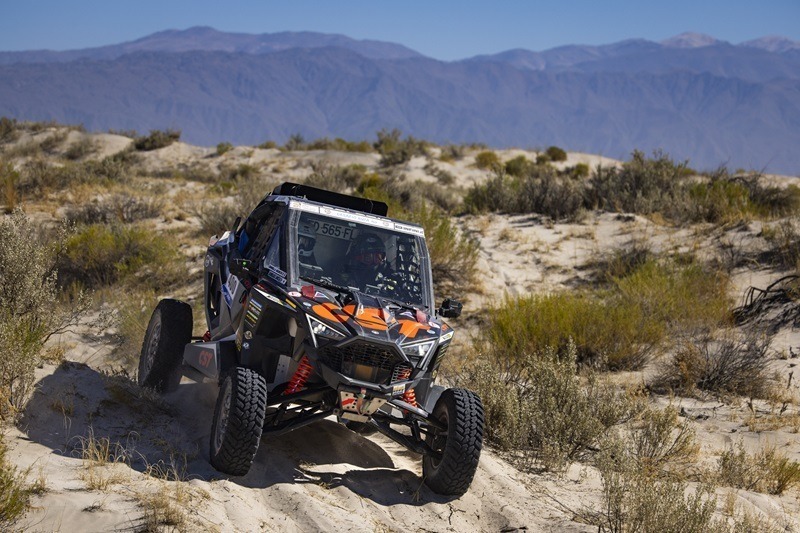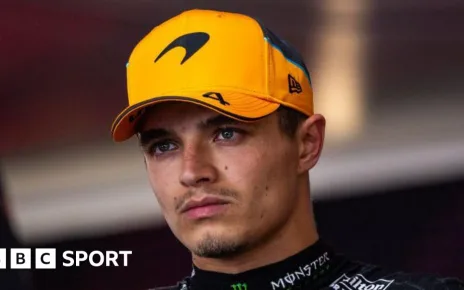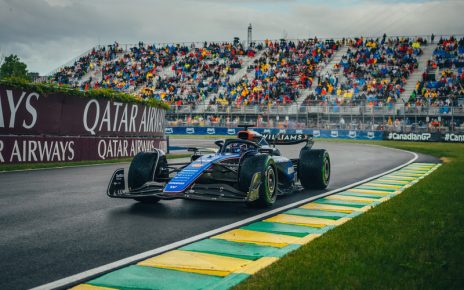
South America is long known as a rally raid hotbed, hosting the Dakar Rally in the 2010s and being home to some of the most competitive national championships in countries like Brazil and Argentina. Speaking with Cross-Country Rally News during last weekend’s Baja Greece, FIA cross-country rally manager Jérôme Roussel expressed interest in creating a new Baja Cup on the continent.
As opposed to the longer rally raids as seen in the World Rally-Raid Championship, Bajas are two-day races. For such events, the FIA currently maintains the global FIA World Baja Cup as well as the regional European Baja Cup and Middle East Baja Cup. Roussel intends to attend the W2RC’s upcoming Desafío Ruta 40 in Argentina to gauge interest in starting a championship there; the DR 40 is the only FIA-sanctioned cross-country rally race in the Americas.
Championships in South America include Brazil’s Sertões Series and Campeonato Brasileiro de Rally Cross Country and Argentina’s Campeonato Argentino de Rally y Navegación, and countries like Paraguay and Peru also maintain domestic series. Each February, the continent hosts the South American Rally Race, with the 2024 edition taking place in Argentina.
“It’s a great success that the European Cup now has its own customer base. You have some drivers really focusing on this. It’s the same in the Middle East. We see more and more drivers, and many names came out of the Regional Cups,” Roussel told Cross-Country Rally News. “The next logical step would be to set up something in South America. The good news is that I’m going to Argentina for the Ruta 40, and we will have some discussions there with people from many countries who will come, and we will have a discussion to see if we could set up something for the South American market.”
Roussel also revealed to CCRN that the FIA plans to update their regulations for the Stock and SSV categories to further boost interest. Both classes are production counterparts to Ultimate and Challenger, respectively, but consequently have much smaller grids.
Formerly known as T2, Stock in particular has suffered in recent years with entries. Although production off-road vehicles are far and plentiful ranging from the Toyota Land Cruiser to the Nissan Patrol, it is difficult to convert one into a race car, let alone do so while complying with regulations. Team Land Cruiser Toyota Auto Body has won the class at the Dakar Rally every year since 2014, often because they are the only team entered. Stock was the smallest class at the 2024 Dakar with just three entrants, two of which were Toyota Auto Body. It is slightly more popular in Bajas, though the broader picture is still worrying enough to prompt the FIA to take action. While Stock cars will naturally be inferior to Ultimate, Roussel hopes to at least narrow the gap between them to improve competition, also noting that there is manufacturer interest.
“We are doing a new regulation for stock vehicles,” he continued. “The current T2s are not very competitive, especially when you look at the route as it is at the moment to fit with the T1+, so the new T2s will have more capabilities. That was the main work. And the good news is that three manufacturers are really interested to develop vehicles, so it could bring new vehicles soon to the sport.”
Likewise, SSV often pales in comparison to Challenger. Although grid sizes are still quite solid, it is still a costly endeavour that the FIA wants to address. Side-by-side racing has grown exponentially since the turn of the decade across multiple off-road disciplines; SSV desert racer Cayden MacCachren told The Checkered Flag in April that this stems from SSVs—which are available for both racing and recreational use—being more accessible to the general public than purpose-built race vehicles.
“We wanted to have vehicles more simple, close to production, so the chassis will remain standard and many parts will remain standard,” Roussel explained. “The idea is really to control the cost and to avoid having an SxS class which is a bit too high, so this is the idea of the new stock SSV regulations.”
The SSV debate also extends to potentially lowering the age limit below the current eighteen years. The FIA enforces the minimum driving age by linking competition licences to driver’s licences, which is generally eighteen around the world with certain exceptions. However, licences for SSVs, which Roussel noted are legally comparable to driving a tractor or a quad, are given for younger drivers in certain countries.
“If you have the right to drive an SSV on public roads before eighteen with a specific driving licence, then there should be no reason why you couldn’t enter the FIA event,” opined Roussel, “but we will need more time to study this. This is possible in some countries in rally, so there is no reason why we shouldn’t achieve that.”
The FIA Cross-Country Rally Commission plans to submit their proposals to the World Motor Sport Council at their next meeting on 12 June, while the commission will convene in early September to iron out the details for 2025.



